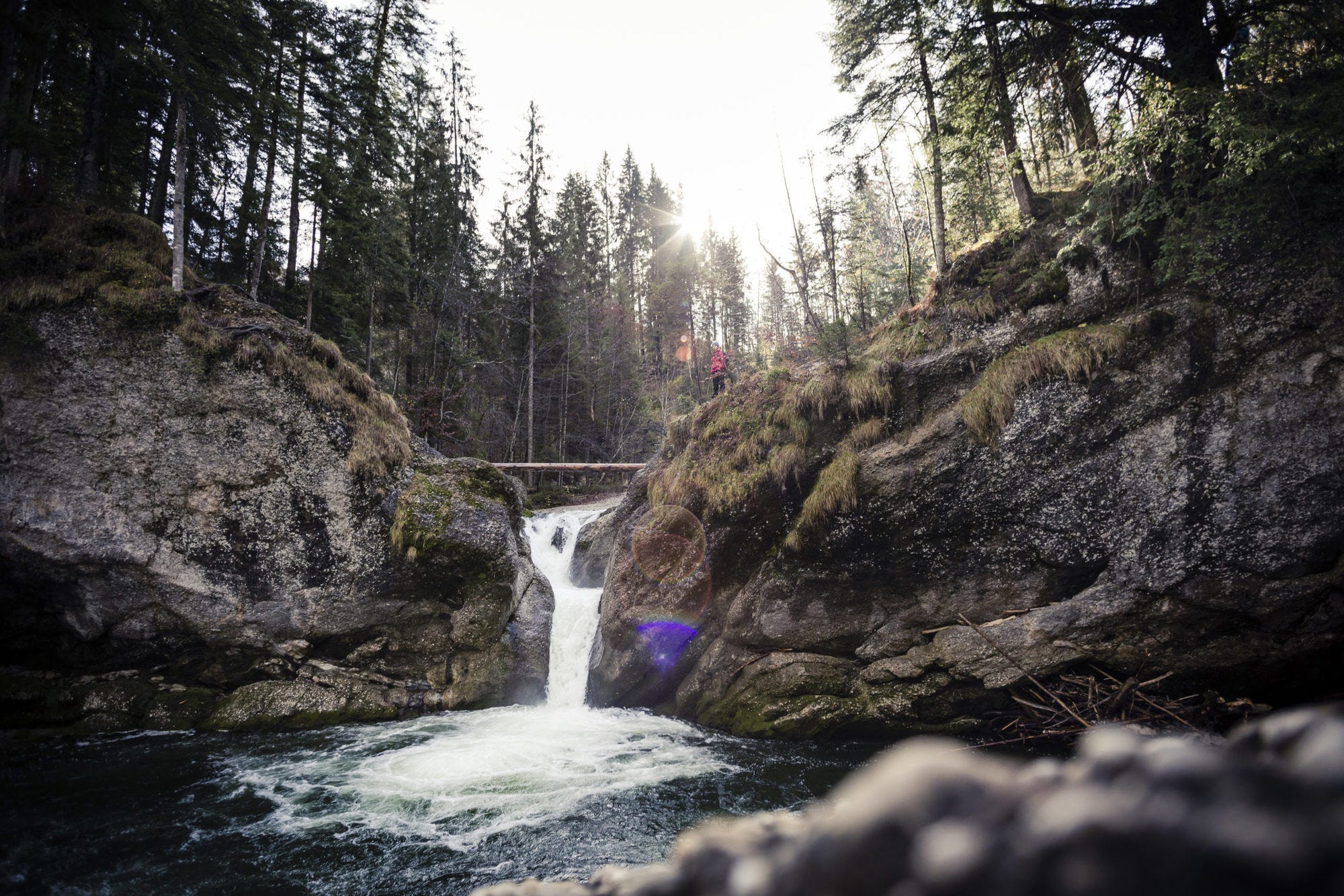10 forest tips for diverse experiences &. Experiences under beech, oak and pine....
As green lungs, our forests are CO2 reservoirs, habitats and retreats for countless animals and plants, and they have an important function for our global climate. In Germany alone, trees relieve the atmosphere of around 62 million tons of carbon dioxide every year, and a single square kilometer of forest can also permanently store up to 1,000 tons of CO2. As a commercial forest, it is used for forestry, hunting and by many people to earn a living. By the way, forests offer us humans free recreation, peace and wonderful space to escape the hectic everyday world.
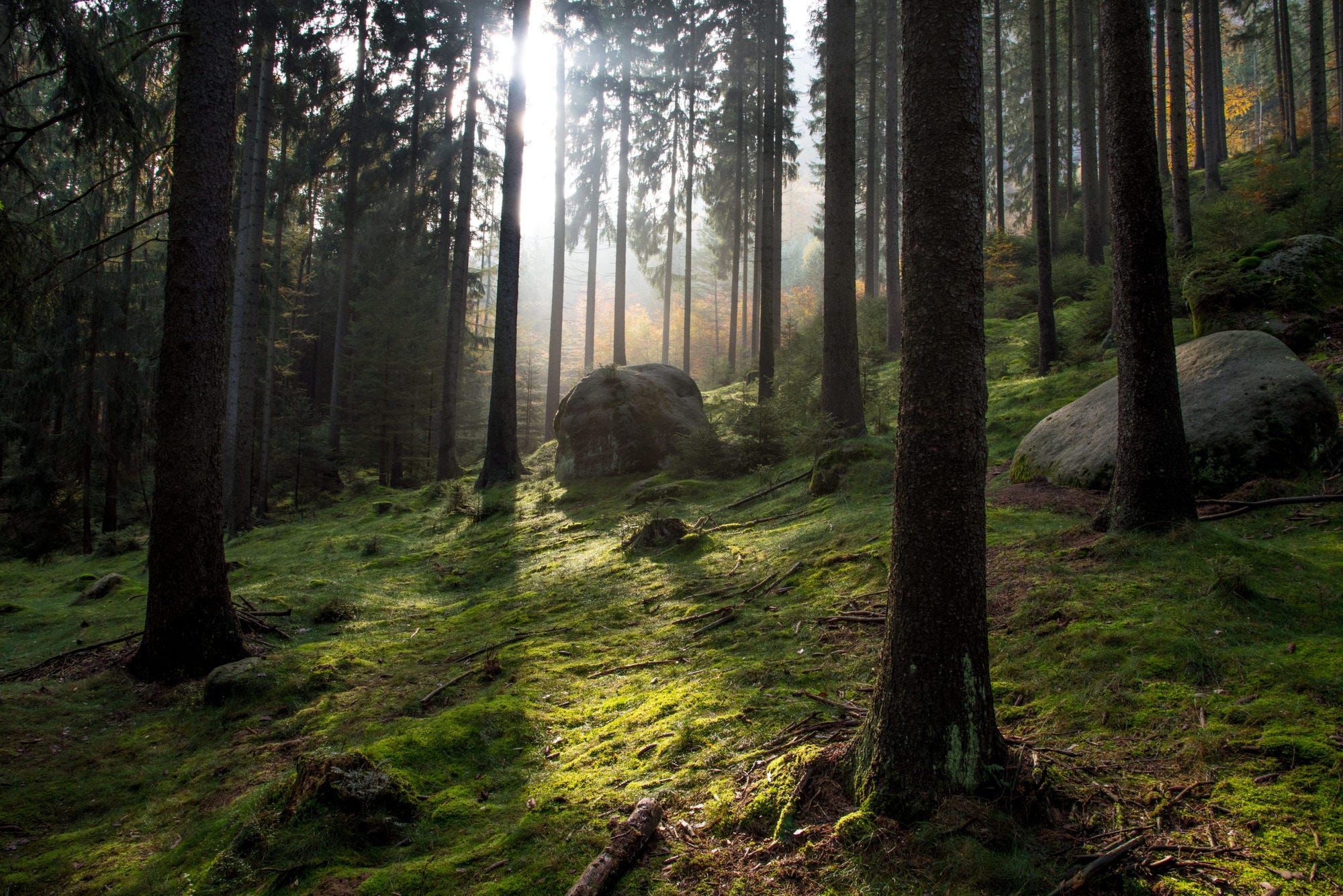

"We have put together 10 tips to experience, get to know better and understand the forest. Sometimes adventurous, sometimes completely with yourself. One thing is certain: we humans need the forest more than ever!"
1.Forest Bathing or Shinrin Yoku
The antithesis to sporty and dynamic outdoor sports: forest bathing is about soaking up the forest and its impressions with all your senses. The focus here is not on movement, but on tranquility and calm. The idea is very popular in Japan; the term "Shinrin Yoku" translates roughly as "taking a bath in the atmosphere of the forest" and works surprisingly well in German, too. With techniques from meditation or yoga, one can absorb the atmosphere of forest bathin even more intensively. Mindfulness is the magic word here - in other words, consciously taking in the forest environment with all your senses. Above all, the proverbial forest air is especially good for your lungs. Scientists have found out that the terpenes, i.e. the messenger substances of the trees, have a healing effect on the human organism.
Learn from experienced forest bathers
There are now forest bathing seminars or events all over Germany, Austria and Switzerland. Annette Bernjus, one of Germany's best-known "forest bathing masters," together with Anna Cavelius, has published the book Waldbaden (in german).
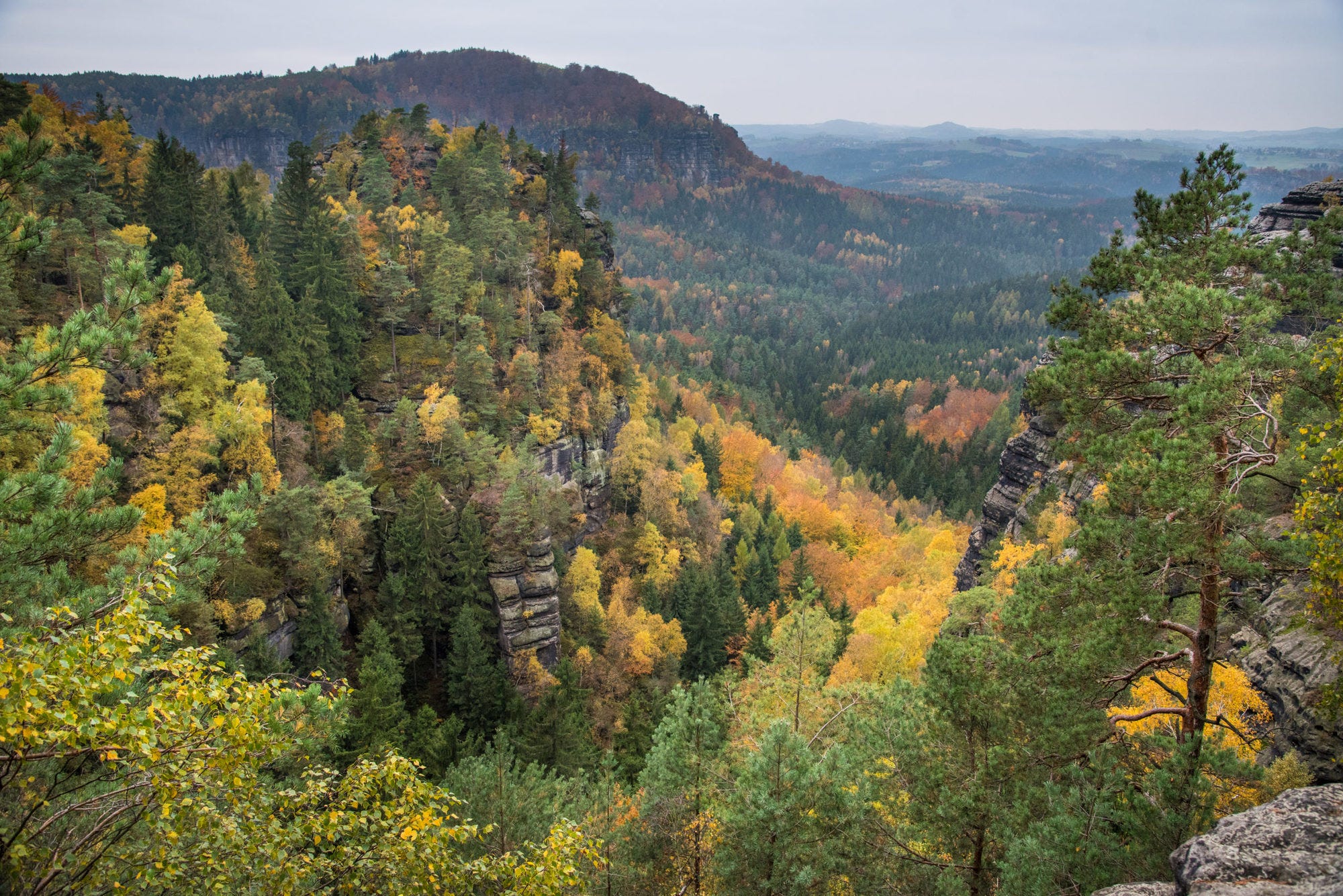

2. Simply sleep outside
A night in the forest or at the edge of the forest is something very special. Bedded on soft moss, above you the moon and starry sky and around you the nocturnal sounds: the rustling of the wind, the rustling of the trees and animals in the undergrowth and with a little luck the call of tawny owl or nightjar. Sounds corny? But it is beautiful! However, you do need a bit of equipment to really enjoy this little adventure. A warm sleeping mat and a suitable sleeping bag should definitely be in your luggage. And if the leafy canopy of the forest seems a bit too wild and romantic for you, you can find a protective alternative sleeping place under a light tarp, in a bivouac sack or in a tent.
When spending the night in a thousand-star hotel, there are a few legal things to consider.
We have a Overview of the legal situation in terms of camping away from campsites in Germany, Austria, Switzerland and here also listed possible overnight camping sites in the most popular european travel countries outside Germany.
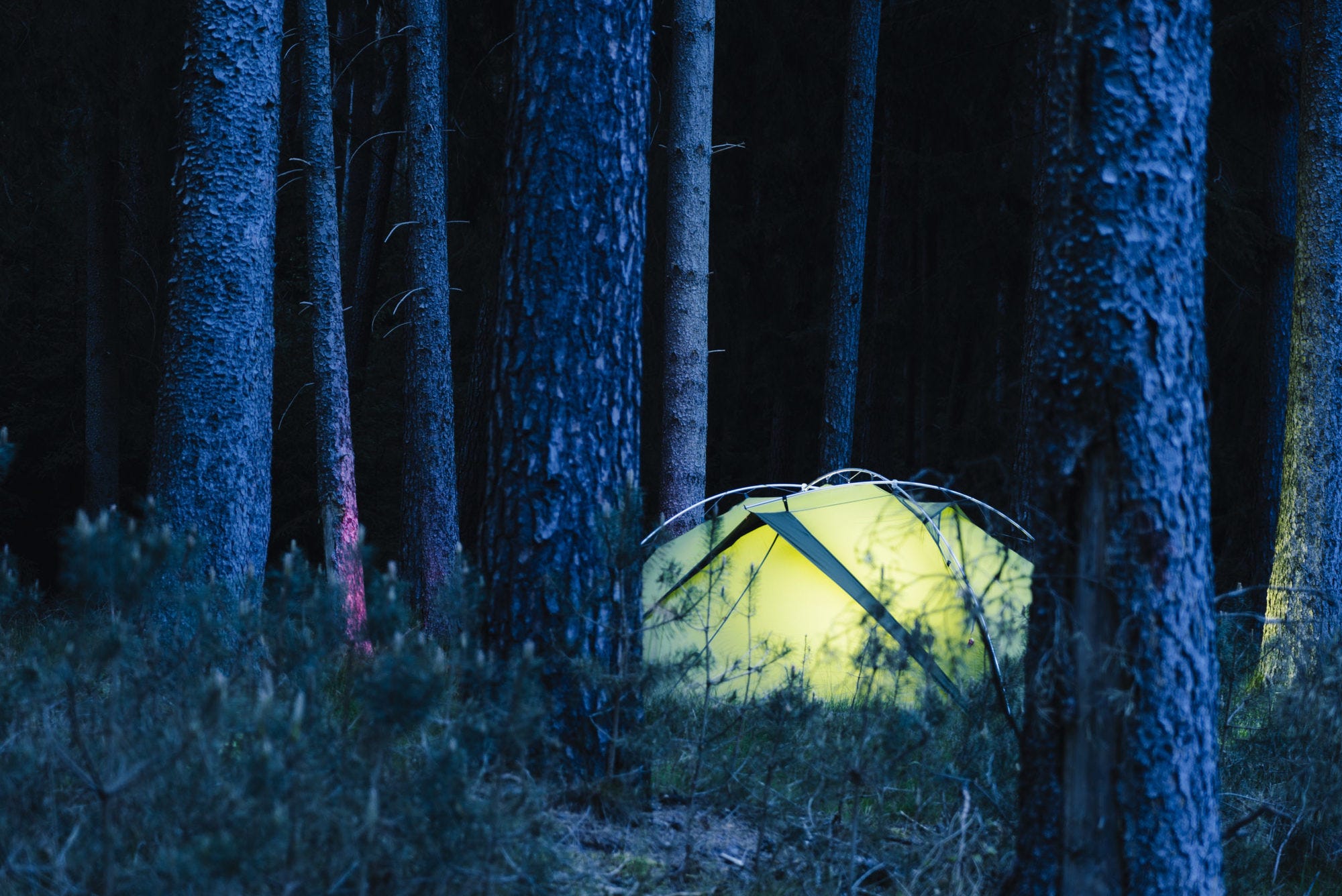

3. Mountain biking in the forest
Narrow single trails, difficult root carpets - the forest is a paradise for mountain bikers. Whether alone or in a group - on extended tours you can really get to know the forests of your region. A variety of tours can be found, for example, on the site Alpenverein aktiv (in german) in which our partner the German Alpine Club also participates, or on commercial portals such as Komoot or Strava. Even better is usually on guided tours by professional guiding providers or DAV sections.
This way, you're sure not only to discover the most beautiful trails, but also to learn a lot about the country and its people from the trained guides. If you go on a discovery tour with your MTB, you should definitely have suitable clothing, the necessary tools and spare parts as well as enough food and drink in your backpack.
When mountain biking in the forest, as always: pay attention to nature and the environment
We have written down tips and rules of conduct for nature-friendly biking in a separate article for you.
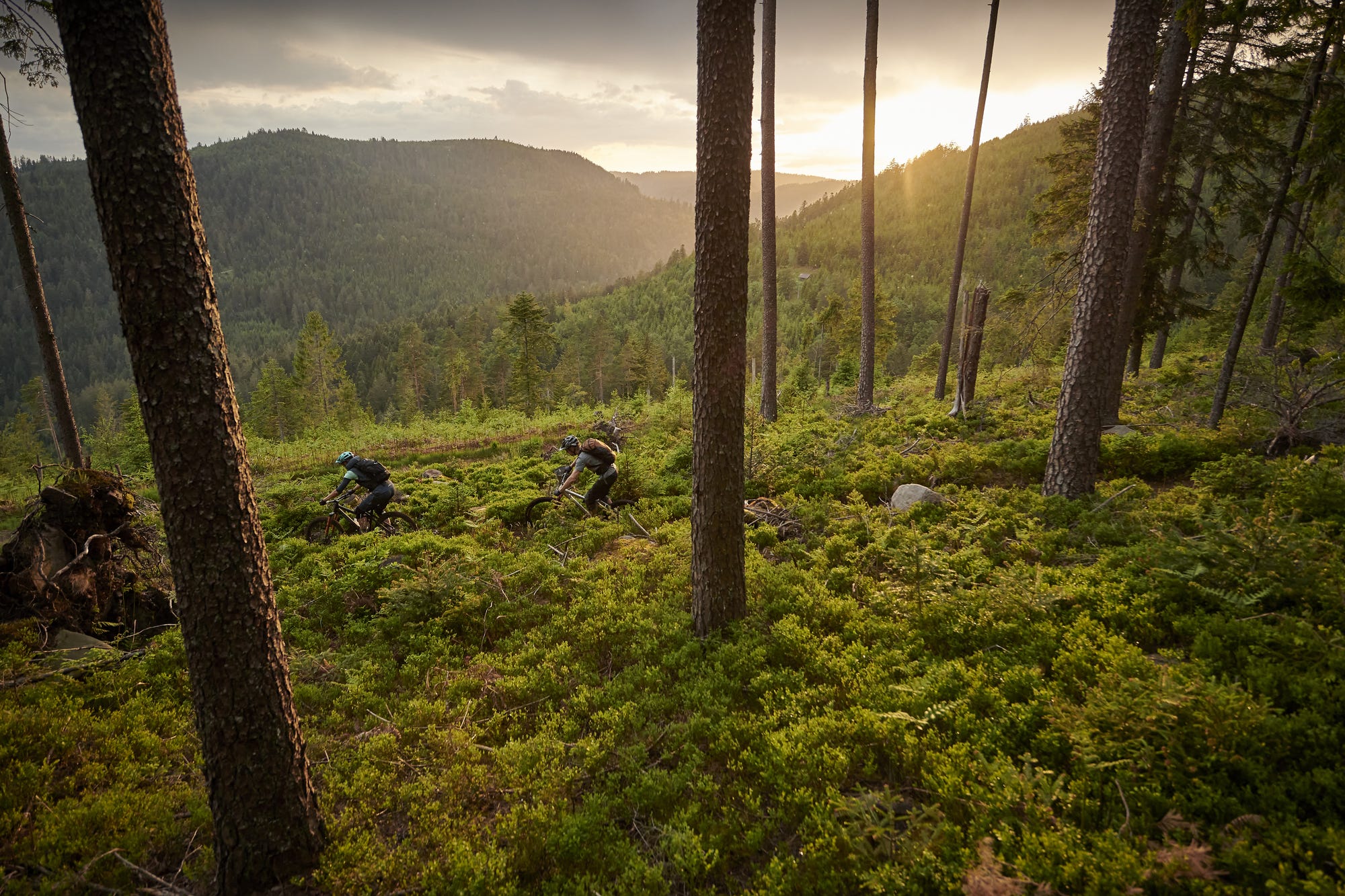

4. Mushroom picking
Not only in autumn: What could be better than rummaging through the forest with a basket and a sharp knife and picking chanterelles, porcini mushrooms or dead trumpets? But be careful! You should know what you're doing before you serve a mushroom dish to family or friends, because not every mushroom that smiles at you is edible. Many mushrooms are inedible and confusion with poisonous specimens can happen quickly. Various Internet sites such as the edible mushroom overview of the Nature and Biodiversity Conservation Union (NABU in german) provide information on the best edible mushrooms and collection times, as do special identification books, such as those published by Kosmos-Naturverlag. It is also nice to join a guided mushroom hike and learn the craft of mushroom picking from a mushroom expert. Then you will also learn, for example, where mushrooms thrive best, how quickly they literally shoot out of the ground when the weather is right, and when the best time to collect them is - so much can already be said: You can find mushrooms not only in autumn.
Better safe than sorry: a mushroom consultation helps to distinguish between poisonous and non-toxic mushrooms.
Beware of poisonous mushrooms, especially if you are out picking with children. Who is uncertain whether the found mushroom is now a delicacy or not, finds experts in the own region.
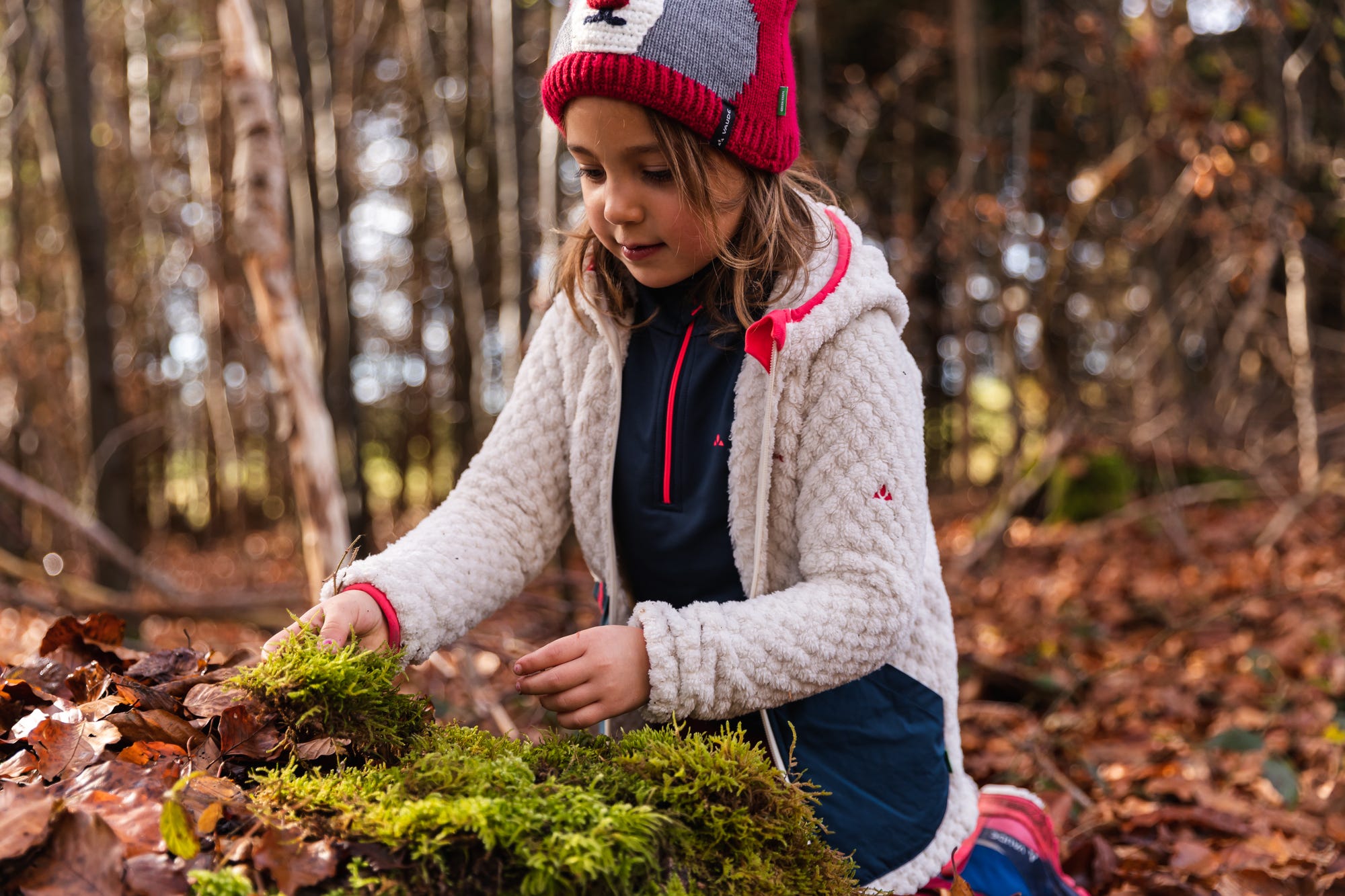

5. The Understanding forest change
For forest managers and tourism providers, it is the mortal enemy, while conservationists see it as a catalyst for natural forest change. One thing is certain: the bark beetle divides opinion. Anyone who wants to understand how this insect, which is about one centimeter in size, shapes large-scale biological processes can go on a tour with the national park rangers in the Bavarian Forest, Harz Mountains or Black Forest national parks and be there live when a new natural forest with an unimagined diversity of life emerges in the supposedly dead areas of former coniferous monocultures.
A vacation in the national park gives deep insights into the ecosystem forest
Why not take a vacation nearby? Not only in Corona times, in national parks and in many other places throughout the German-speaking world you can try out many of the activities collected here in a small area and experience and understand the forest ecosystem up close. Here you will find overviews of the national parks in Germany (in german), Switzerland and Austria.
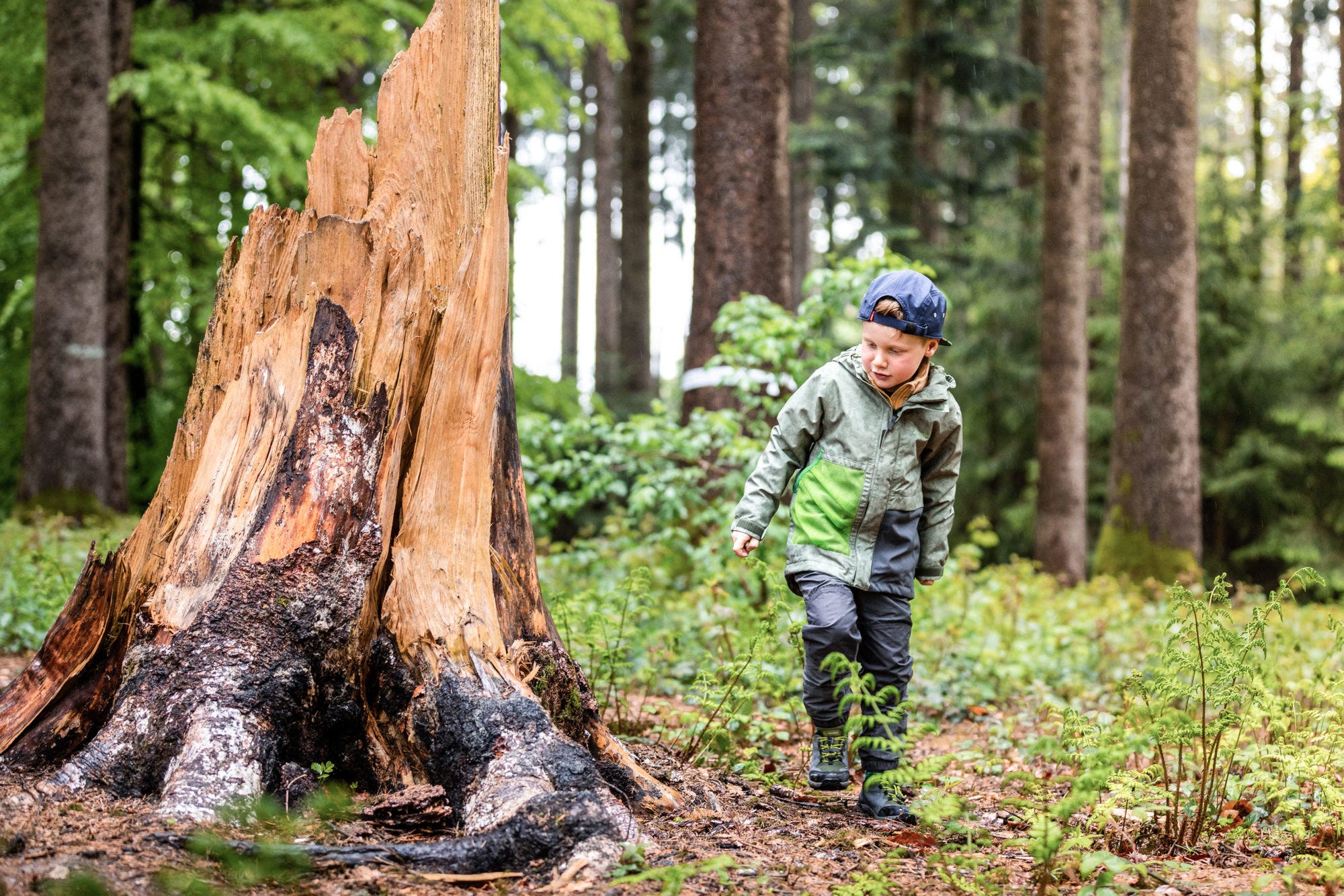

6. Change of perspective above the treetops
Treetop trails are springing up in many regions. The treetop path in the Hainich National Park is particularly famous. Incidentally, Thuringia's only national park is also the largest area of forest in Germany that is not used for forestry purposes. In the Allgäu region, the Skywalk Nature Adventure Park (in german) invites visitors to stroll above the treetops. From above, you can enjoy a whole new perspective on the trees and their crowns. Star Wars fans can also feel just like "Ewoks," the cute but defensible forest creatures that build their cities in the crowns of real tree giants.
Viewing the forest from above broadens horizons
Even though the wooden constructions in the treetops are usually as easy and quick to walk on as footpaths in the city, you should plan enough time. The change of perspective enables completely new insights, views and vistas and, incidentally, broadens one's own horizons. Who rushes hectically over it, misses something.
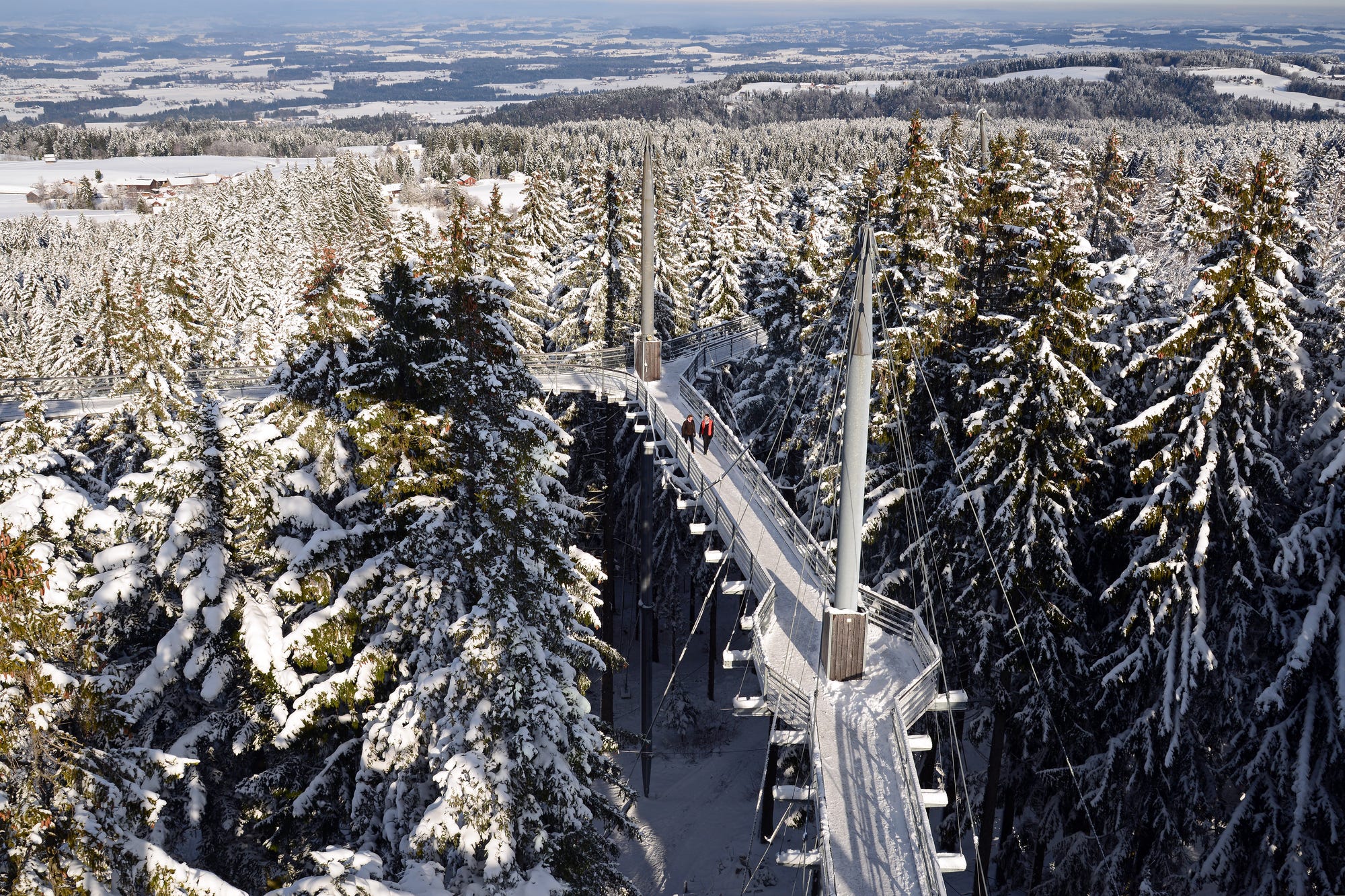

7. The good old forest walk
The job is annoying, everyday life is stressful, worries arise? Hardly anything can get your mind off things as quickly as a walk through the forest. With your eyes, ears and nose open and your smartphone buried deep in your pocket (or completely at home), you can simply take a deep breath and switch off. For those who have acquired a taste for exploring the forest on "shoestring", longer hikes are also recommended. Many regions, such as our partner region of Eastern Bavaria (in german), offer hundreds of kilometers of marked hiking trails. Just try it out.
There is a lot to discover in the forest - it's worth packing binoculars.
With binoculars you can see more: the grazing deer at the edge of the forest, the shy hare in the field or Europe's smallest bird species, the winter goldcrest, in the tops of old conifers.
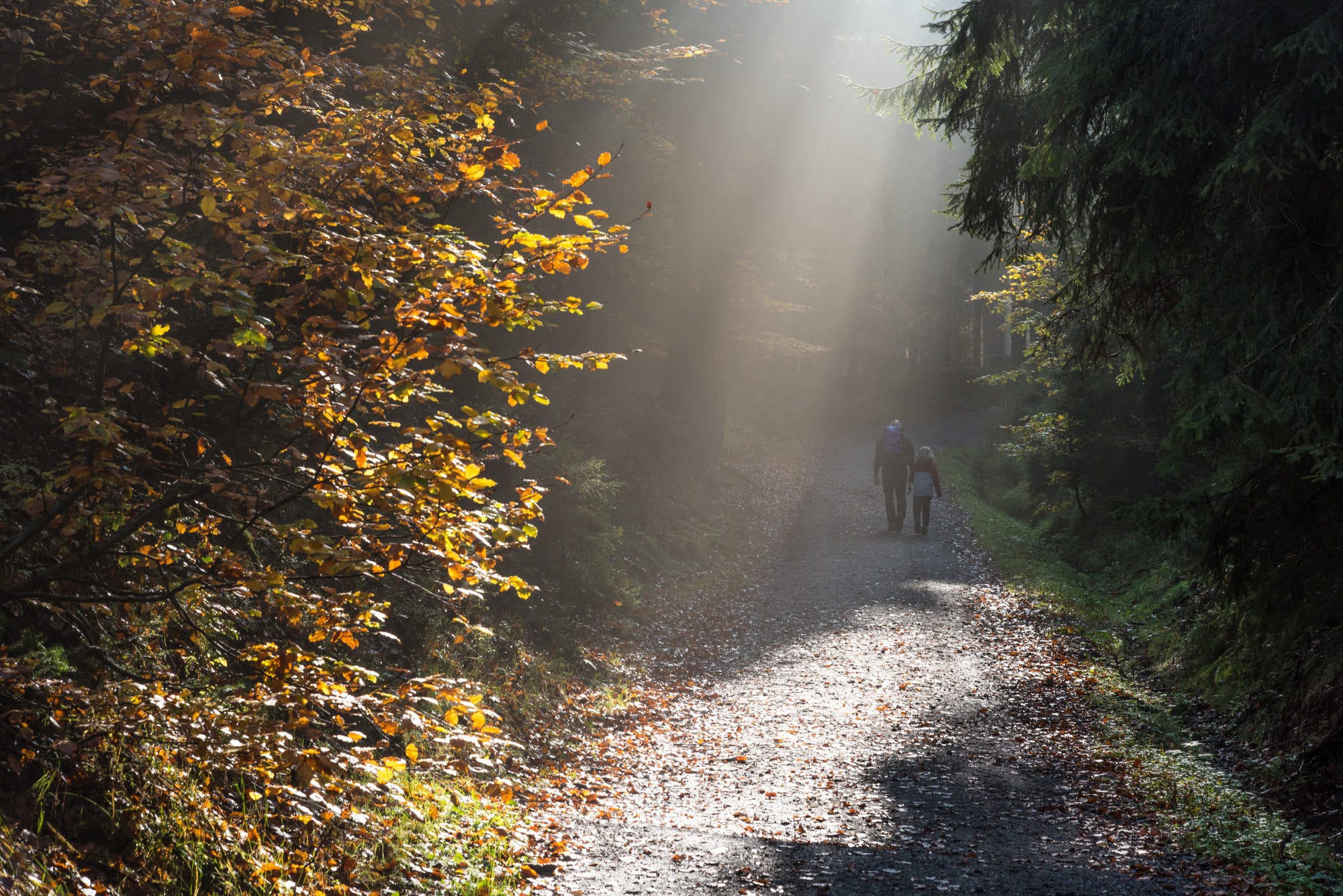

8. Playing with the Playing in the forest
For children, the forest is one of the best adventure playgrounds in the world. No matter what you do there, whether playing hide and seek, looking at animals, collecting acorns or just running - it's always an adventure. Even more so when you combine it with one of the other activities from our list. Especially for children, the forest is an important learning and experience space. There they discover a completely different world with its own laws, enter new territory, expand their radius of action and thus gain confidence in their own abilities. Even the very youngest can go into the forest in a baby carrier.
Good equipment and provisions make the forest trip more relaxed
Cold feet, soaked clothing or hunger and thirst can quickly turn an adventure into a fiasco. And if the walk home is long, the little ones' enthusiasm for the forest can quickly fade. Weatherproof clothing, suitable footwear and a well-filled snack box and water bottle are real mood savers.


9. Consideration for the forest & its inhabitants
We are happy about every person who visits the forest. However, we humans are only guests in the habitat of many plant and animal forest creatures. We should therefore show consideration for them, this is especially true in protected areas or national parks. The rules include respecting the escape distance of animals and staying on the paths. Instead of hunting noisily through the forest - it is better to stop now and then and perceive nature with open senses, take a deep breath and enjoy it.
Garbage has no place in the forest - not even paper handkerchiefs
And please do not leave anything in the forest that does not belong there. This is especially true for trash of any kind. Paper handkerchiefs in particular have become more and more of a nuisance in recent years. What many people do not know: Their special cellulose is water-repellent and highly tear-resistant and therefore takes about a year to decompose - much longer in alpine or northern regions.
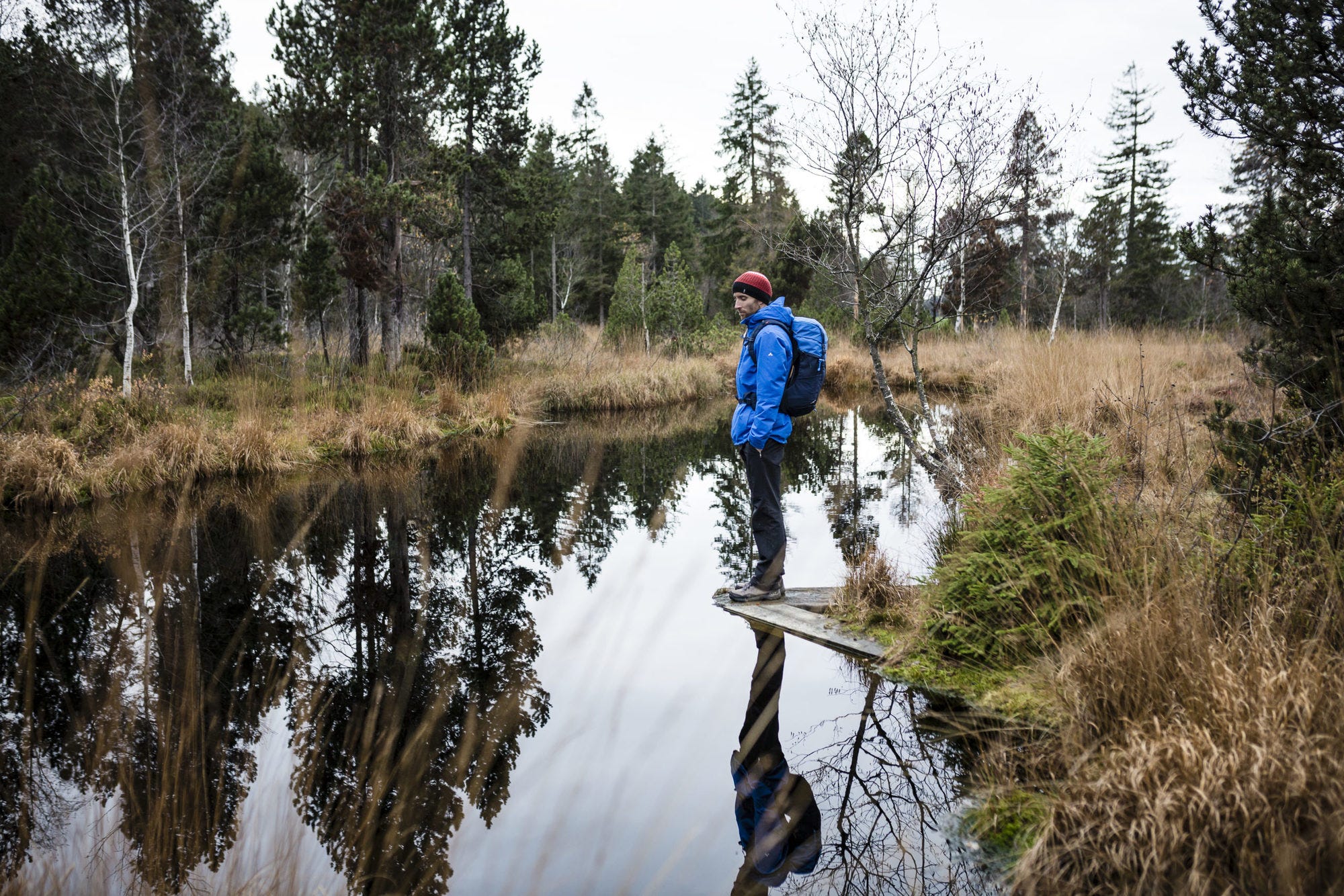

10. Get out!
It's great to read great tips about what you can do in the forest - it's even better to put them into practice and go exploring yourself.
"So, let's get out there and get into the woods!"
